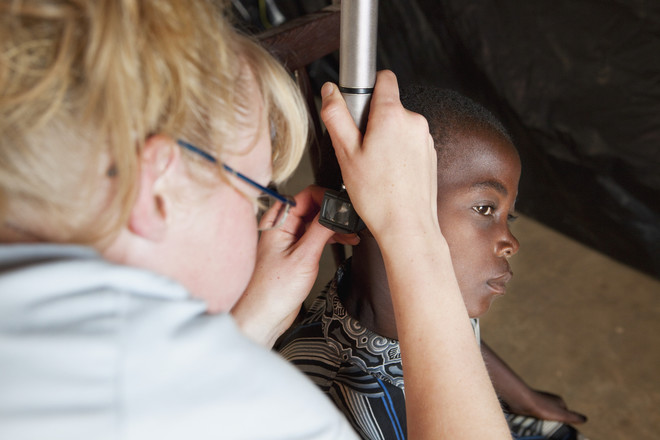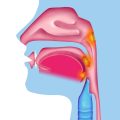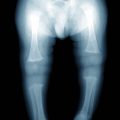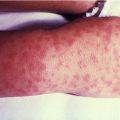Symptoms of external otitis media
The disease is caused by Pseudomonas aeruginosa,Staphylococci, mold fungi or yeast. The hostile flora affects the cartilage, lobe and skin of the ear to the tympanic membrane. Breast children begin to cry loudly and shake the head, bending it towards the sick ear. Older children complain of itching and severe pain. Otitis in children is a serious illness. Photo: Getty Parents should immediately examine the child's ears. Usually, the disease makes itself felt by the following signs:
Otitis in children is a serious illness. Photo: Getty Parents should immediately examine the child's ears. Usually, the disease makes itself felt by the following signs:
- redness and swelling of the auricle;
- severe pain when pressing on a tragus;
- small bubbles with liquid contents;
- furuncles;
- discharge with putrefactive odor.
Children may complain of feeling nauseous,hearing loss, dizziness. The temperature rises to + 38 - 39 ° C. The next step of the parents is an immediate visit to the doctor. The disease has various forms - from sulfur plug to diffuse inflammation and erysipelas. Therefore, it is impossible to use national means and independently select medicines.
How do doctors treat otitis externa in a child?
After examination and analysis, a child otolaryngologistwill appoint medicines. In case of erysipelas, perichondritis and general inflammation, antimicrobial, antipyretic and analgesic medications are prescribed. Ripe furuncles require surgical opening, and sulfur plug - ear flushing. When affected by fungi and yeasts, antimycotic tablets and ointments are necessary. An important role is played by external medical products - ear drops, turundas with alcohol, iodine, hydrogen peroxide, as well as UHF and UFO-therapy. The doctor will recommend parents to organize for the child a diet saturated with vitamins. Since it is difficult to swallow with ear pain, food should be soft - soups, cereals, jelly, vegetable and fruit purees. The kid needs peace. Visits by other children are not allowed - many forms of otitis are contagious. Ears should be cleaned twice a day with a disinfectant solution. Otitis externa is a serious threat. Rapidly spreading into the inner ear, the infection can lead to purulent inflammation, hearing loss and meningitis. To the disease does not recur in the future, you need to carefully observe the hygiene of the ears and strengthen the immunity of the child. Read also:









